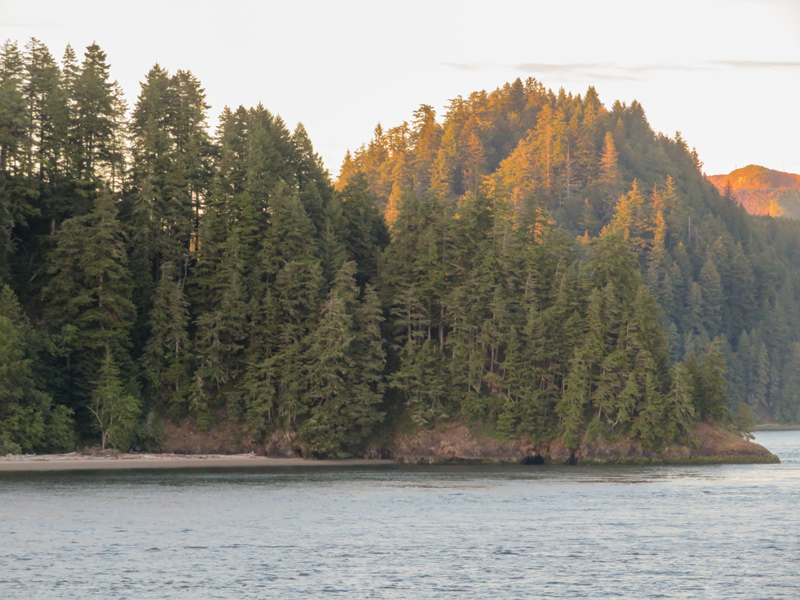The Wahkiakums exemplify the complexities encountered when trying to classify Chinookan-speaking Peoples. Linguistically, they spoke the Upper Chinookan Clackamas dialect. Culturally, they were related to the Lower Chinookan Clatsops and Chinooks proper. They resided primarily along the north side of the Columbia between Grays Bay and Cathlamet, Washington.[1]James P. Ronda, Lewis and Clark among the Indians, Bison Book ed. (Lincoln: University of Nebraska Press, 1988), 184, 186.
Confusions
Historians often consider Lewis and Clark encounters with the Kathlamets as encounters with the Wahkiakum. In the broad scope of tribal history, the difference may indeed be trivial. However, when it comes to the best canoe navigators—see 11 Nov 1805—or “the dirtiest and Stinkingest” village—see 24 March 1806—whether Clark was observing Wahkiakums or Cathlamets may be a point of contention. The captains gave both of these descriptions to people on the south side of the river, which they called Cathlamets, not Wahkiakums.
This website retains the distinction of the two peoples as seen and recorded in the eyes of the captains. The selected Wahkiakum encounters presented below is much shorter than that of the Kathlamets: a brief encounter near Pillar Rock, a trading delegation visiting the yet to be completed Fort Clatsop, and two men wanting to trade dogs for some tobacco on the return journey in spring 1806.
Downstreamers
When considering the full history of the Wahkiakums, not just the microcosm of culture seen by Lewis and Clark, recent historians combine village groupings known to the captains as Cathlamet, Wahkiakums, and perhaps Skilloots into a single linguistic and ethnic division. Silverstein, in the authoritative 1990 Handbook of North American Indians calls the division ‘Cathlamets’. Zenk, Hajda, and Boyd, 2016, call the grouping tgígʷalatkš (Itkigwalatksh) or ‘downstreamers’.[2]Michael Silverstein, Handbook of North American Indians: Northwest Coast Vol. 7, ed. Wayne Suttles (Washington, D.C.: Smithsonian Institution, 1990), 534; Henry B. Zenk, Yvonne P. Hajda, and Robert … Continue reading Politically, most of the Wahkiakums and Kathlamets have united with the Clatsops, Chinooks, and Willapas to form the Chinook Indian Tribe/Chinook Nation. Within that group, most members still identify with their specific village heritage.
In their Estimate of the Western Indians, the captains record that “Wack-ki-a-cums reside on the N. Side of the Columbia opposite the Marshey Islands” in eleven houses with a population of 200. In their Lewis and Clark’s Points from Fort Mandan to the Pacific Coast they list two villages and Clark’s maps place them near the present-day towns of Skamakowa (gaɬiášgǝnǝmax̣ix Gatliyashganamakhikh) and Cathlamet (gaɬiaʔišáɬx̣ix Gatliya-ishalkhikh).[3]Moulton, Journals “Fort Mandan Miscellany”; Zenk, et al., 8–9. Their namesake village—wáqaiqam—was on Grays Bay. Two more well-known villages were between Skamakowa and Wahkiakum in the Altoona–Pillar Rock area. Until 1947, that area was accessible only by boat and its remoteness enabled several Wahkiakum families to reside on the Columbia until long after all other Chinookan peoples had been removed from the river. Today, gentrification is forcing many Wahkiakums to leave the area.[4]Tony A. Johnson, Chinookan Peoples of the Lower Columbia, ed. Robert T. Boyd, et al. (Seattle: University of Washington Press, 2013), 5–8.
Selected Encounters
November 7, 1805
Ocean in view?
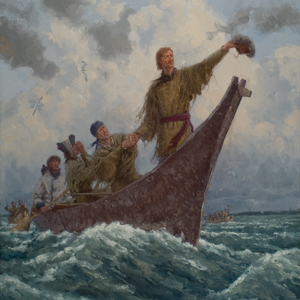

Pillar Rock, WA In heavy fog, the expedition paddles around numerous islands stopping to trade with local Indians. They reach Pillar Rock and mistakenly exclaim ‘Ocean in view! O! the joy’.
December 29, 1805
Wahkiakum traders


Fort Clatsop, Astoria, OR Overnight guests leave with a razor. Later in the day, six Wahkiakum traders present wapato bulbs and elk leather. Clark gives out a small peace medal and ties a red ribbon to a cone hat.
December 30, 1805
A fair morning
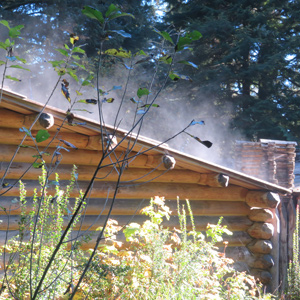

Fort Clatsop, Astoria, OR The journalists appear happy to see the sun, and Clark enjoys a “Sumptious” dinner of fresh elk tongue and marrow bones. With the pickets and gates completed, overnight guests are banned from the fort.
December 31, 1805
New latrine and sentry box
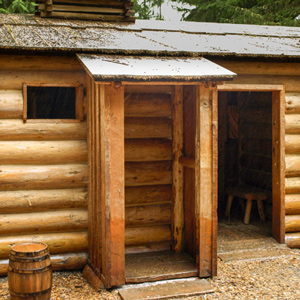

Fort Clatsop, Astoria, OR An Indian musket is repaired, and a red-headed Clatsop is among the many Indians visiting today. A latrine and sentry box is constructed, and Clark notices that the visiting Indians are behaving better.
January 13, 1806
Running out of candles
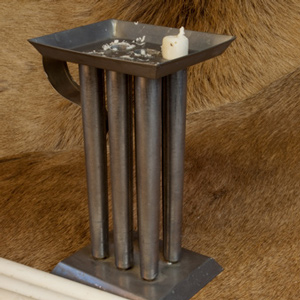

Fort Clatsop, Astoria, OR Elk tallow is rendered to make new candles, Lewis finds that the area’s elk do not have enough fat to make a sufficient supply, and President Jefferson writes to Lewis’s mother with news of the expedition’s progress.
March 24, 1806
Stolen canoe claimed
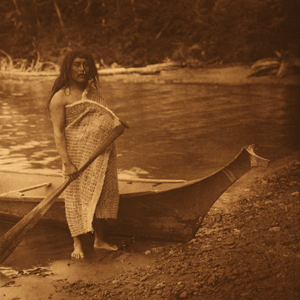

On their way to present Aldrich Point, they cross shallow waters crowded with islands, and a Kathlamet man guides them to the correct channel. The guide claims he is the owner of one of their canoes.
March 25, 1806
Downstreamer Chinooks
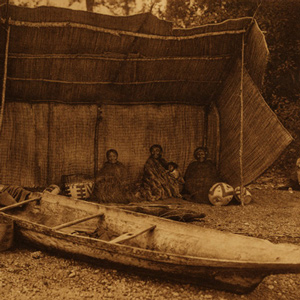

As they paddle along the south shore of the Columbia, the expedition sees Downstreamer Chinooks trolling for sturgeon. After fifteen miles, they find a popular camping spot at the present Clatskanie River.
March 26, 1806
At Fanny's Bottom
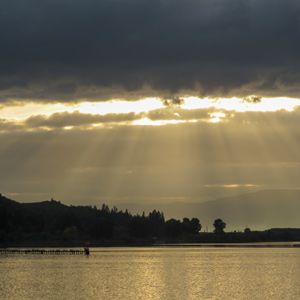

After a wet night, they paddle approximately 18 miles up the Columbia River and camp on an island near an area they call “fannys bottom”. Lewis describes eagles and substitutes for tobacco.
March 27, 1806
Generous Skilloots
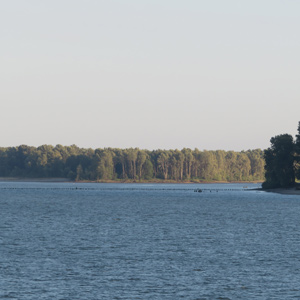

Near present Deer Island, Oregon, some generous Skilloots give away food with hopes that the expedition hunters will hunt with them. Lewis describes the area’s trees and prepares a salmonberry specimen.
Notes
| ↑1 | James P. Ronda, Lewis and Clark among the Indians, Bison Book ed. (Lincoln: University of Nebraska Press, 1988), 184, 186. |
|---|---|
| ↑2 | Michael Silverstein, Handbook of North American Indians: Northwest Coast Vol. 7, ed. Wayne Suttles (Washington, D.C.: Smithsonian Institution, 1990), 534; Henry B. Zenk, Yvonne P. Hajda, and Robert T. Boyd, “Chinookan Villages of the Lower Columbia,” Oregon Historical Quarterly, 2016, Vol. 117, No. 1, 8–11. |
| ↑3 | Moulton, Journals “Fort Mandan Miscellany”; Zenk, et al., 8–9. |
| ↑4 | Tony A. Johnson, Chinookan Peoples of the Lower Columbia, ed. Robert T. Boyd, et al. (Seattle: University of Washington Press, 2013), 5–8. |
